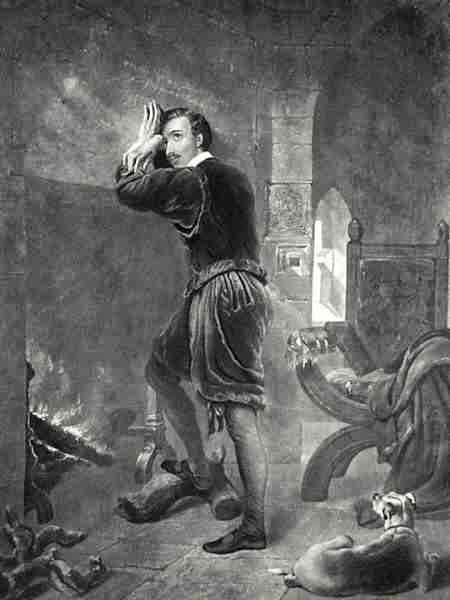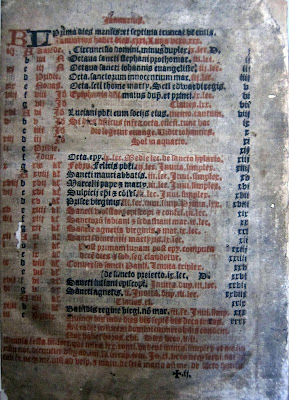Leave the world and give yourself to Me.
In monastic life we follow St. Alphonsus who as a young man was directly told by a voice from heaven: "Leave the world and give yourself to me." This led him eventually to Ciorani where he and his early companions were described as "the solitaries of Ciorani."
From young manhood until his death when over 90,
whether as solitary, missionary or bishop
Alphonsus, our father, left the world
and gave himself to Jesus.
The spiritual men who knew St Alphonsus and his companions, including his first biographer the Servant of God, Fr Antonio Tannoia, C.SS.R., considered those first Redemptorists to have lived their monastic life as did the early Desert Fathers in Nubia and the Thebaid. Fr Tannoia’s high praise for St Alphonsus is echoed without exception by other writers.
Repeatedly expressions are used such as:
• “a hermitage, a lonely, solitary spot” (the Monastery at Ciorani) where “Nubia and the Thebaid never saw coenobites more given to contemplation than our hermits”
• “the blessed hermitage” where the saint’s life “might be compared to that of the anchorites of the desert.”
Scala which was the cradle of the institute is variously described as:
• “the desert”
• “the hermitage so well adapted for recollection and prayer”
• “difficult of access”
• “remote”
• “this desert", where a "truly eremitical life began for all of them”
• “the solitude of the anchorites of Egypt” where “we live in calm and silence far from the tumult of the world, hearing nothing of what is passing there”
• “the new Thebaid”
• “the solitude” where they lived “on the hill alone, like Jesus in the desert.”
The monastery of Iliceto: "the hermitage”
The monastery of Caposele: “the hermitage”
The monastery at Villa degli Schiavi: "the hemitage."
The cells of Papa Stronsay.
The early life of St Alphonsus and his companions is our beautiful heritage.
The early life of St Alphonsus and his companions is our beautiful heritage.
In the monastery-island of Papa Stronsay we cherish this ideal.
In a far inferior degree we strive to pursue it.
Venerable double vocation!
Yes! To continual prayer in solitude,
cut off from the world, as a hermit.
Yes too!
To untiring mission to souls,
in the midst of the world, as an Apostle.
These two directions, like identical twins, wrestle with each other. They always did. They still do. St Alphonsus, in the early Constitutions of 1764, brought the two vocations to an almost perfect balance.
"Thar she blows!"
The Good Ship "St Alphonsus," making for port
but slightly listing to starboard.
She is in search of big fish. Indeed she's ... a whaler!
-but rightly ballasted to her starboard side.
St Alphonsus, as it were, constructed his sons a fishing boat to go in search of souls, but he ballasted the ship in such a way that it always slightly listed to starboard, the side of solitude; under the gaze of the Star of the Sea, the Morning Star, the Stella Matutina.
Our Lady! Our Sweetness! Who fixes us in our love of solitude,
search for God and flight from the world!
She is called Porta Caeli, Gate of Heaven,
obtaining grace for the salvation for souls
through missionary efforts on the fishing boat's port side.
Our little boat Stella Maris
has set her course for the solitude of the sea.
We keep you in our prayers,
and ask for yours, for us.
Thursdays will see us back into port,
fresh, buoyed up, and surely still listing slightly to starboard.
























.jpg)





.png)






















